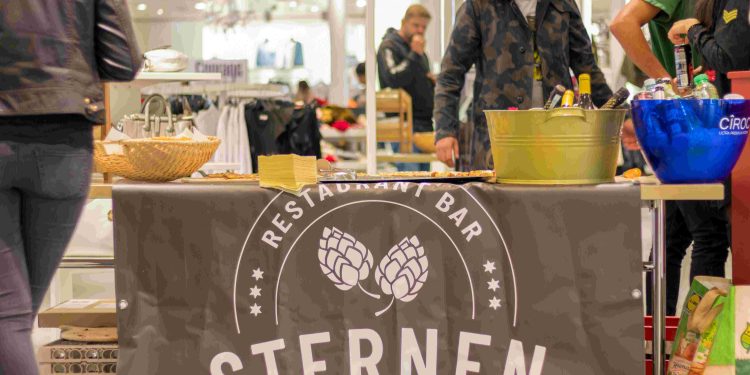Vintage Clothing for Women

Style never dies; it evolves.
With the cyclical nature of fashion, vintage clothing for women has transcended mere nostalgia to become a powerful statement of individuality and sustainability in an era of mass production and instant trends. When you wear a vintage dress or adorn yourself with a retro accessory, you’re doing more than donning a piece of clothing; you’re embracing history, celebrating cultural shifts, and asserting your unique identity in a world striving for rapid conformity.
The Personal Connection: Why Vintage Speaks to the Soul
I still remember the day I stumbled upon my grandmother’s 1960s lace cocktail dress tucked away in a forgotten corner of her attic. It was a tactile connection to a family history I had never fully appreciated. Wearing it, I felt a piece of her courage, her beliefs, and her love for classic elegance. That experience made me question: why do so many of us opt for disposable clothing when every vintage piece carries a story?
The personal attachment often associated with vintage pieces embodies more than the fabric; it carries the essence of its era. Whether it’s the rebellious flair of a 1970s jumpsuit or the grace of a 1950s tea dress, vintage allows you to explore history while defining your individuality. It reconnects you with a time when clothing was designed to last—a rare attribute in today’s fast fashion industry.
Challenging the Modern Status Quo
Fast fashion industries bombard us with a paradox: delivering endless options that lack soul or substance. Every season, racks overflow with fleeting designs meant to self-destruct after barely a few washes. But why sacrifice quality for quantity? Vintage challenges this narrative with an antidote: clothes made with superior craftsmanship, stories embedded in stitches, and a refreshing escape from the monotony of curated modern trends.
Ironically, the broader re-embrace of vintage pieces questions traditional assumptions of modern consumerism: that new is inherently better. In fact, studies in psychology suggest that scarcity often enhances perceived value. Vintage, by its nature, is scarce, inherently making it more precious.
The Interdisciplinary Appeal of Vintage
Fashion isn’t just a superficial art form—it’s deeply interdisciplinary. It intersects with history, craftsmanship, sociology, even technology. For instance, 1930s swing dresses represent the emancipation of women’s freedoms, while 1980s power suits mirror the growing presence of women in the corporate world during that decade. By wearing vintage pieces, you immerse yourself in cultural narratives, almost like a walking artifact from a museum curated by time and society.
Furthermore, with technology enabling faster access to vintage boutiques and secondhand treasures through online platforms, we’re witnessing a democratically broadened interest in this clothing movement. It ties sustainability with technology by making vintage increasingly accessible to a global consumer base.
Practical Tips for Building Your Own Vintage Closet
Convinced of the allure of vintage but unsure where to start? Here are a few actionable steps to dive in:
-
Start Small:
Experiment with vintage accessories before committing to a full retro wardrobe. A 1950s handbag or a pair of 1970s earrings can transform modern outfits effortlessly. -
Research the Eras:
Familiarize yourself with different decades and their hallmark styles. Personal taste often aligns naturally with specific vintage periods. -
Visit Local Shops:
Brick-and-mortar vintage stores aren’t just shopping destinations—they’re gateways to discover hidden gems that align with your personality. -
Leverage the Internet:
Online platforms like Etsy and specialized thrift sites offer curated selections, often with detailed historical insights into each piece. -
Think Sustainable:
When buying vintage, you not only prolong the life of beautifully crafted garments but also reduce the demand for fast fashion’s exploitative cycles.
The Future of Fashion: A Blend of Old and New
As artificial intelligence continues to alter the landscape of design and production, it’s fascinating to consider how vintage fashion will play a role. Imagine algorithms trained not just to mass-produce new clothing but to recreate the meticulous detailing of a 1920s flapper dress or the eco-conscious character of pre-industrial textiles. The preservation of vintage motifs and values may help inspire a hybrid design trend—one that seeks the creativity of the past while embracing the technological ingenuity of the future.
An Open Invitation to Self-Discovery
Ultimately, embracing vintage clothing is about more than your outward appearance. It’s a philosophy of intentional living, where every purchase carries purpose, meaning, and respect. When you explore the world of vintage, you’re not just adding to your wardrobe; you’re joining a movement that challenges norms, celebrates individuality, and fosters a deeper appreciation for artistry.
So, next time you’re looking to revamp your closet, step away from the instant gratification of fleeting trends. Instead, seek out the timeless allure of vintage creations.
Your story deserves to be as rich and nuanced as the stories these clothes carry.








